This resource, developed by Native Land, was created in order to offer a view of the territories, treaties and languages of Indigenous people across Canada. There are over 630 different First Nations in Canada, though this map does not represent or intend to represent official or legal boundaries of any Indigenous nations. The resource is interactive — you can toggle filters on and off and read more detailed information about specific nations through links to related sites. The website also features a section on territorial acknowledgements, which includes a brief introduction to acknowledging the land and suggestions of how to engage meaningfully with this practice.
Métis
9 articles
Understanding Aboriginal Arts in Canada Today: A Review of Knowledge and Literature (Canada Council for the Arts)
This knowledge and literature review examines a broad range of material on Aboriginal arts in Canada. Recognizing the importance of oral traditions in Aboriginal knowledge transfer, it also includes information gathered through one-on-one interviews with six senior Aboriginal artists. The study is a component of the Aboriginal Arts Research Initiative (AARI), which aims to better understand the specificities of Aboriginal art practices, explore the impact of the arts within Aboriginal communities, investigate the impact of Aboriginal arts in Canada and internationally, and generate interest in research related to Aboriginal arts among other partners, both at national and provincial levels.
Impacts and Benefits Agreement – Indigenous Corporate Training (ICT)
This sample agreement form covers the foundation and significant matters that each party considers fundamental for the agreement.
Indigenous self-government – Indigenous Corporate Training (ICT)
This ebook provides an overview of what it is, why it matters plus some
examples of self-government agreements.
Indigenous Peoples: A Guide to Terminology – Indigenous Corporate Training (ICT)
This ebook provides some perspective on historical, political and community terminology, plus some definitions of common terms as well as tips regarding usage.
27 valuable “must do” tips for Working Effectively with Indigenous Peoples – Indigenous Corporate Training (ICT)
This guide is provided to help people avoid saying or doing the wrong
things. It’s based on content starting on page 174 of the Working Effectively with Aboriginal Peoples® book.
23 Tips on What Not to Say or Do when Working with Indigenous Peoples – Indigenous Corporate Training Inc. (ICT)
This guide is provided to help people avoid saying or doing the wrong
things.
Lignes directrices pour travailler avec les aînés chez les Premières nations, les Inuits et les Métis (CACE)
(Uniquement disponible en anglais) Le but de ce document est d’établir un protocole et des lignes directrices pour travailler avec les aînés, afin d’assurer la cohérence dans l’offre d’invitations, de soins respectueux, d’honoraires et de compensation pour des frais supplémentaires. Ces lignes directrices sont destinées aux étudiants, aux professeurs et au personnel de l’université Carleton qui travailleront avec des aînés sur le campus ou ailleurs à des fins universitaires. Toute autre organisation peut s’inspirer de ces directives et les adapter à sa propre structure. Ce document a été préparé par le CACE (Centre pour la culture et l’éducation autochtones) à l’université Carleton.
Guidelines for working with First Nations, Inuit and Métis Elders (CACE)
The purpose of this document is to establish protocol and guidelines for working with Elders, to ensure consistency in extending invitations, respectful care, providing honouraria and compensation for additional costs. These guidelines are meant for students, faculty and staff of Carleton University, who will be working with Elders on- or off-campus, for university purposes. Any other organization can be inspired by these guidelines and adapt them to their own structure. This document was prepared by the Centre for Aboriginal Culture and Education at Carleton University.
